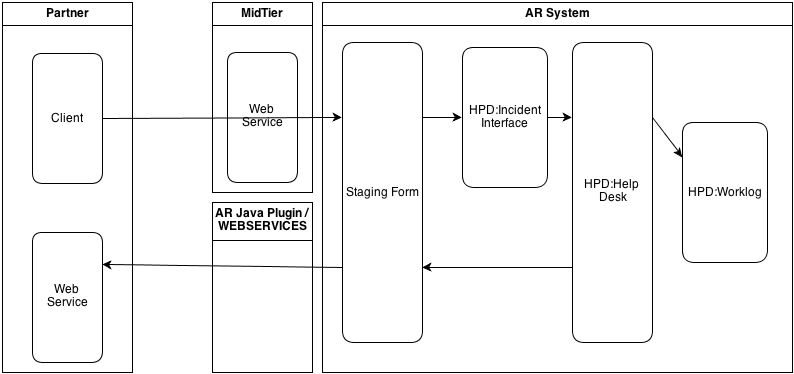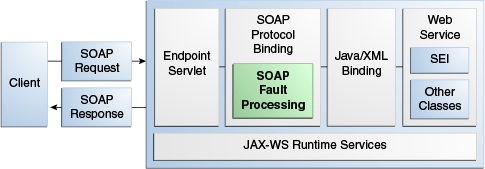The Intersection of Nature and Code
In the grand theater of development, understanding how different systems coalesce and function can lead to unique insights. For example, consider the vast world of environmental management, specifically dust suppression, and how it finds parallels in streamlining code. As the dedicated community at soaprpc.com delves deeper into SOAP development, we can gain inspiration from this seemingly unrelated field.
Starting Clean: Lessons from Dust Suppression
Environmental experts prioritize keeping job sites free from excessive dust. In a single phrase: dust suppression. Just as sites need to reduce dust, our code should begin clean. Avoiding clutter from the start saves us from future debugging nightmares.
Consistency is Key
When you’re overseeing a vast landscape, ensuring a consistent approach to maintaining it is crucial. Similarly, in SOAP development, a standardized coding style aids in easier readability and better collaboration. The W3C standards for SOAP suggest as much, emphasizing uniformity.
Adapting to Changes
Environmental conditions change. Fast. Successful environmental management adjusts promptly. In coding, this adaptability translates to refining algorithms and updating software versions. By staying updated, we ensure the code runs efficiently in any given environment.
Efficiency in Design
In nature, ecosystems flourish when every element plays its role efficiently. Streamlined design, like minimalistic landscapes, reduces resource consumption. By cutting redundant lines and optimizing algorithms, our software mirrors this natural efficiency.
Recycle and Reuse
In environmental management, recycling is a mantra. Similarly, reusable code components not only save time but also ensure that proven, efficient parts of our code get another moment in the sun. Websites like GitHub are treasure troves for such components.
Ongoing Maintenance
A well-maintained green space thrives, as does well-maintained code. Regular check-ins, code reviews, and revisions keep software in top shape. This routine can lead to better overall software health, mirroring the benefits seen in consistent environmental care.
Anticipating Challenges
Foreseeing potential issues forms the backbone of any good environmental strategy. By testing our code under different scenarios—akin to environmental stress tests—we can identify and rectify potential pitfalls.
In Conclusion
Drawing parallels between environmental management and SOAP development might seem far-fetched. However, the principles of clarity, efficiency, adaptability, and foresight bridge the gap. As we forge ahead, let’s cherish these insights and craft software that’s not only functional but also beautifully streamlined.





